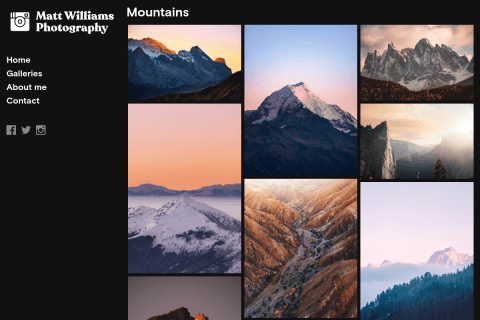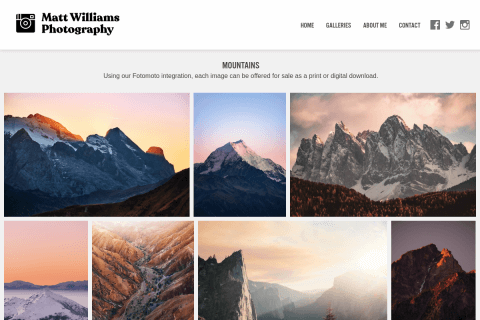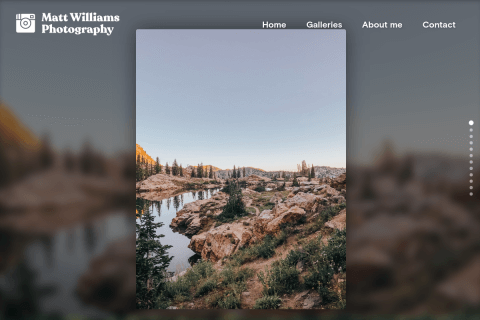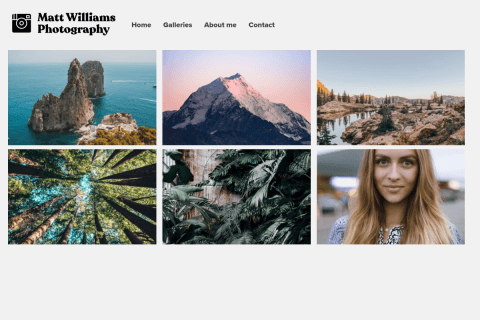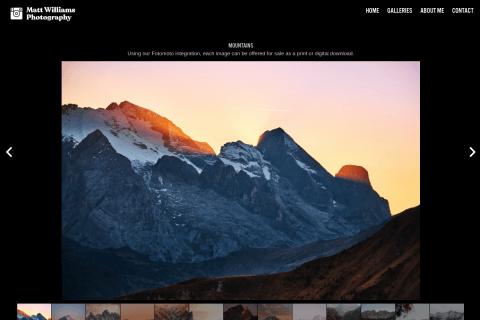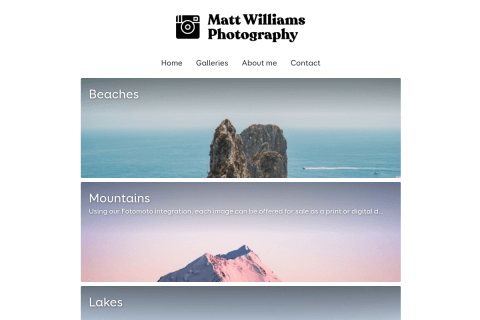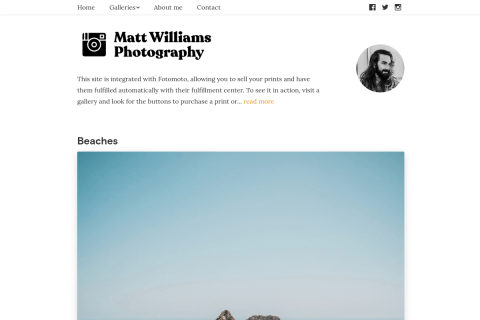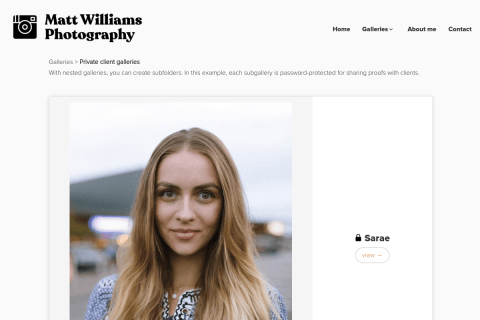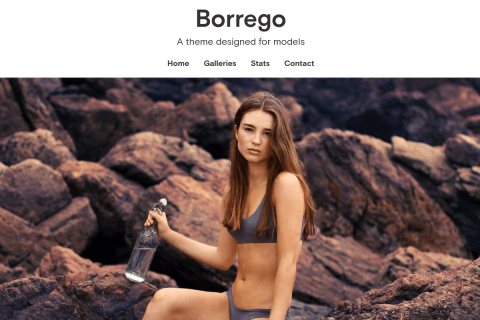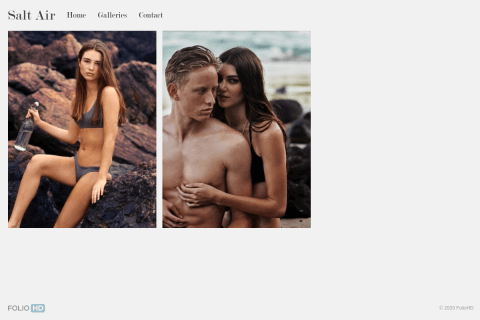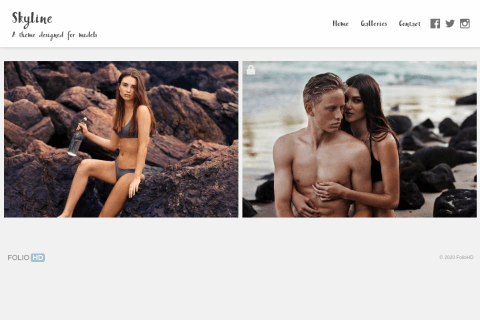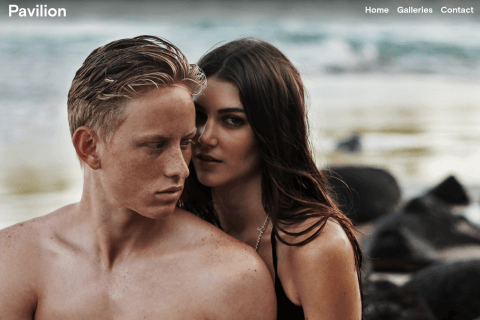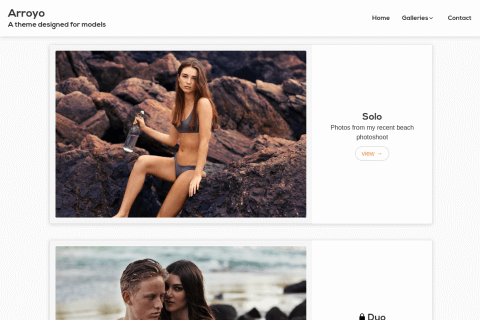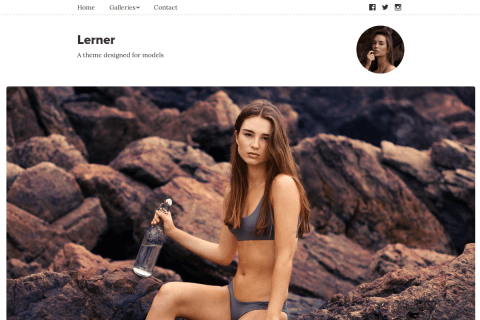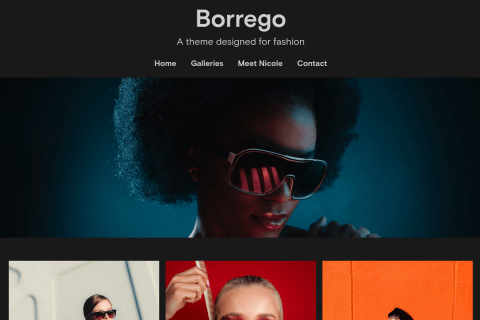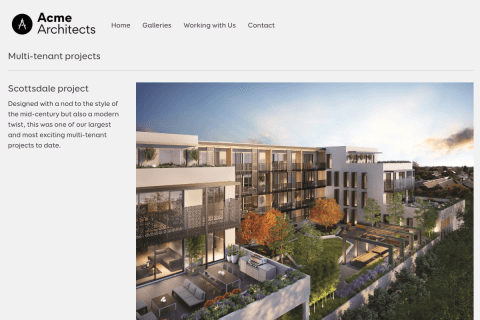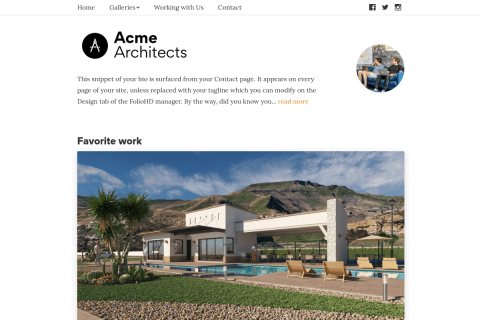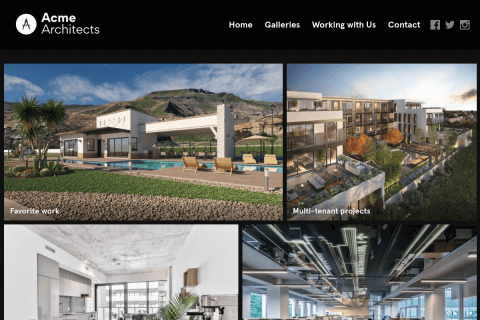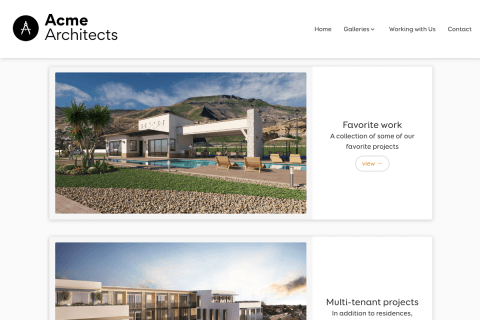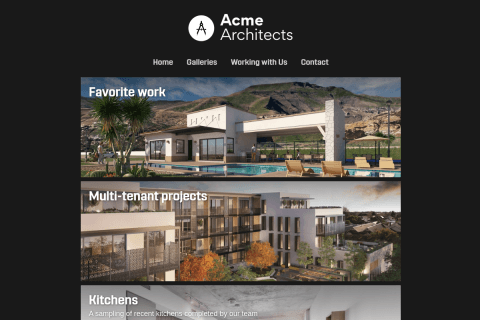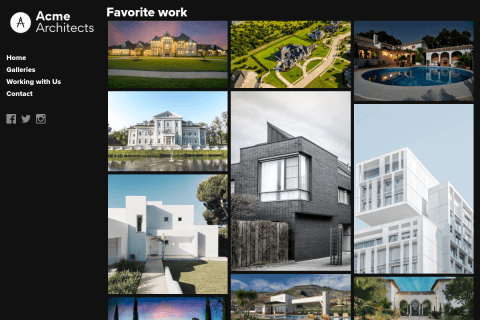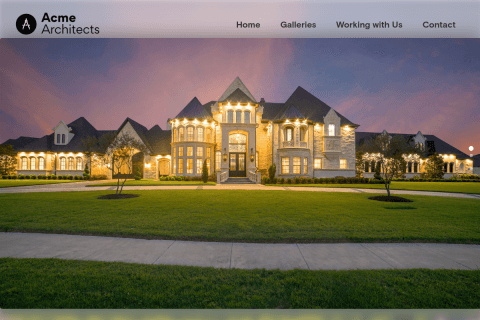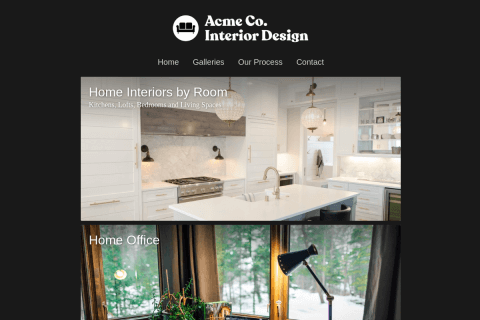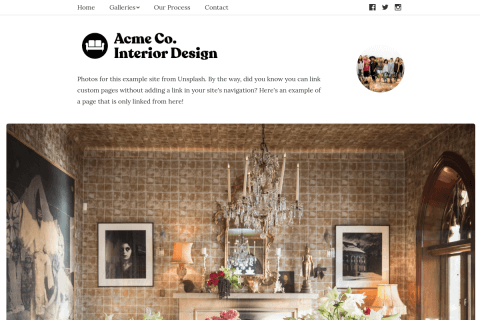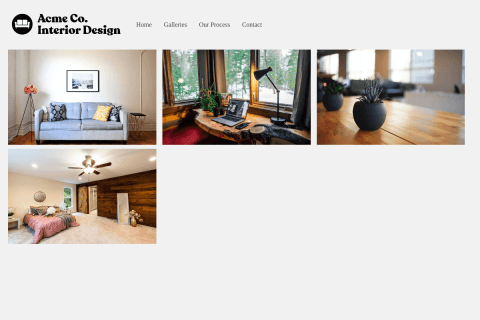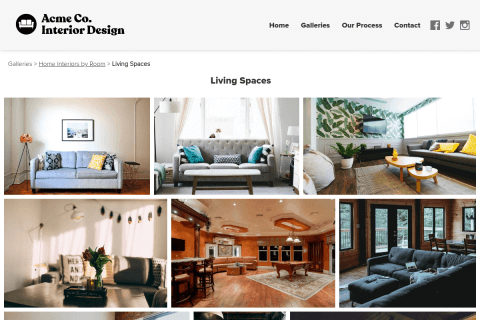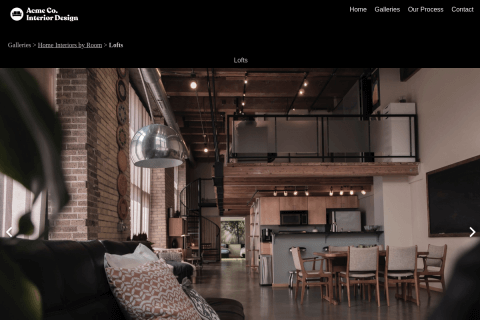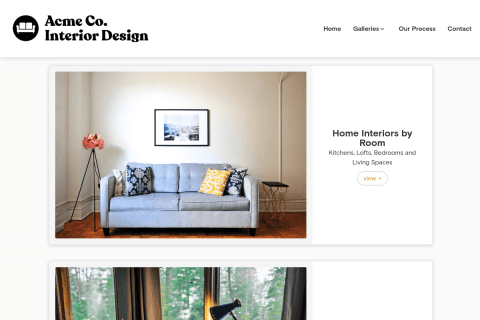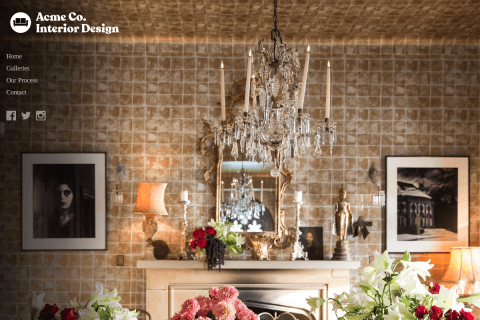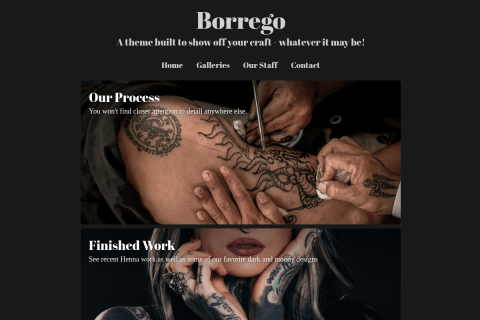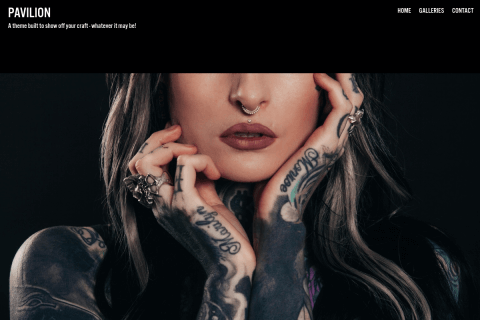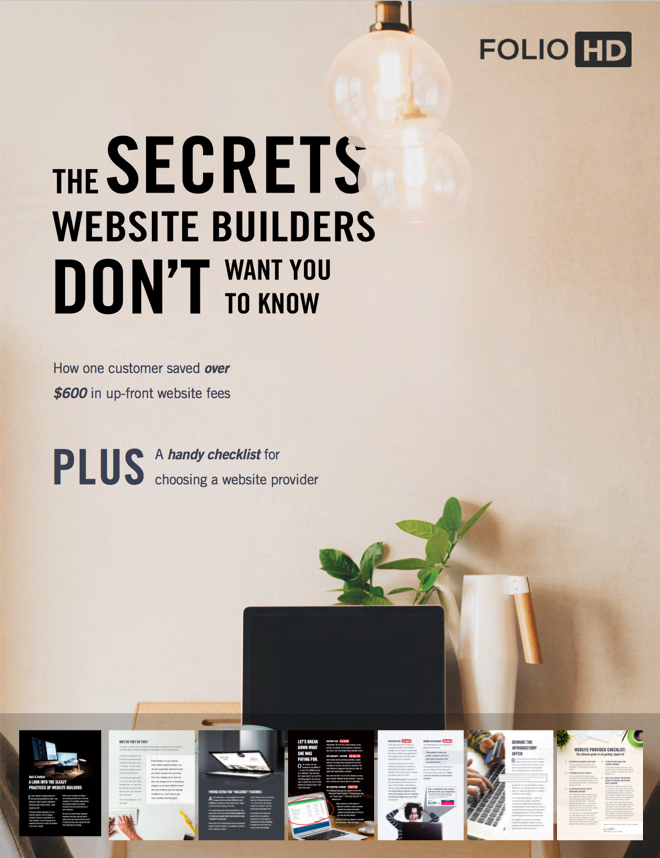
Did you know the average creative online job posting (or freelance posting) receives hundreds of responses? With more and more applicants from all around the world responding to posts, it's important to make an impression that will stand out with the person reviewing responses.
Whether you're responding to a posting on an industry job board or to a Craigslist posting, you're likely competing with hundreds of people, many of which might not be qualified. But your qualified response lands in the same place as all the noise. So how do make sure your response is seen?
I've been on both sides of the equation (both applying for jobs and hiring people), and I'll share a few tips to help you stand out when responding to an online job posting or consulting gig.
1. Make a personal connection
The most important factor, experience aside, is to make your cover letter stand out. With hundreds of applications to peruse, the typical person reading applications will likely only spend a few seconds on each application (and there’s a good chance they might not even get through them all)! With so many, it’s easy to filter through them to find ones that stick out. You can do that by relating to the company, the company’s mission, or even to the person reading the applications if you can find out that information.
For example, if a job posting is written by a CEO, I’ll take the time to look them up on LinkedIn or Twitter, see their past work experience or interests, and find some personal connection I have with their experience or personal passions.
2. Make your subject line stand out
Too many applicants follow the rules. For example, many job posts will tell you to include certain keywords in the subject line of an email. They might say something like, “Include ‘Web Designer’ in the subject line” because their email system is filtering for certain keywords. But did you know there’s a way to stand out in a sea of fellow web designers? Here’s an example of a subject line I used to use:
Subject: Web Designer <———–
This follows the instructions provided, but instantly draws attention to itself because the caret and line form an arrow, pointing to my application. I’ve successfully scored many freelance projects using this technique. Of course experience plays a factor in winning those projects, but in to even be considered, they first have to be drawn to opening your email, and this life hack has helped.
3. Keep your response short
When attaching a resume to a cover letter, you want to make sure the cover letter makes that personal connection (as outlined above), but also doesn’t draw on and on. Here are a few don’ts:
- Don’t copy your entire resume into the body of the cover letter.
- Don’t include a 5 paragraph biography about yourself
- Don’t use the same cover letter for each company you respond to - make them personal!
The most effective cover letter includes a sentence or two as an introduction, a sentence that shows your personal connection with the company or person reading applications (and explains why you want to work with them), and includes a link to your portfolio. Which leads me to #4…
4. Link to your portfolio
While introducing yourself is important, your work speaks for itself. When applying to a creative role, what the person reading your submission is looking for is that you’re competent and do great work. Cut out unnecessary words from your cover letter and make it easy to find the link to your work. If your work is what they’re looking for, they’ll get back to you, but it’s your job to make it accessible.
It’s also important to keep in mind how the person at the other end might experience your portfolio. They might be on a computer, tablet, or phone. Make sure your portfolio looks great everywhere. (Portfolios should be responsive, which mean they automatically format for every device.) If your work consists of video, it might be worth a mention in your cover letter so the recipient isn’t startled by loud music. The bottom line: put yourself in place of the recipient. If your portfolio doesn’t load within a few seconds, or really strike them right off the bat, there’s a good chance they’ll close the window and move on to the next application.
5. Link to the applicable work you’ve done
In my web design portfolio, I have work broken down by type (marketing-style webpages), interface design for web apps and mobile apps, photography, and more. If you’re applying to work with a specific subset of your skills, make it easy for the recipient to get to it, and many times it makes sense to link to it directly. (They can always go back to your main portfolio page, but you want to catch their attention within the first couple seconds.)
An example of a great application
Here’s an actual email I sent in response to a previous posting looking for a web designer. (And yes, it landed me the gig!)
Subject: Designer <
Body:
Hey there,
Noticed the designer position so thought I’d reach out. I’m a product designer in Socal - previously worked at Preact [note: this company is in the same space, so I knew they would know about this company]. Would be an honor to work with you guys as a designer, especially on a product in a space I have a very strong interest in. =]
Portfolio: http://watilo.foliohd.com
Let me know if you like what you see!
- Cory
Even though they had already received dozens of applications for the position, I received a response from the CEO 4 minutes later:
Thanks for reaching out, Cory. I’d love to chat with you about the role. (And as a side note, a few of our customers use our software in tandem with Preact - it’s a really cool product!)
Any chance you have time for a phone call tomorrow afternoon, between 2:30 and 3:30 PM?
As you can see, a short, personal message can be incredibly effective. Of course, this might not make sense for every job, but knowing your audience is very important and can make a big difference.
The bottom line is that the person on the other end of your job application is just that - a human! People have real feelings and emotions. Write something you’d want to read, yourself. Most people prefer personality over stark professionalism. Make them chuckle, but don’t draw it out. Give your application a little bit of life and you’ll have a great shot at your response getting read.
Follow these tips and I promise you’ll have a competitive edge over the throngs of other people applying for the same posting.
